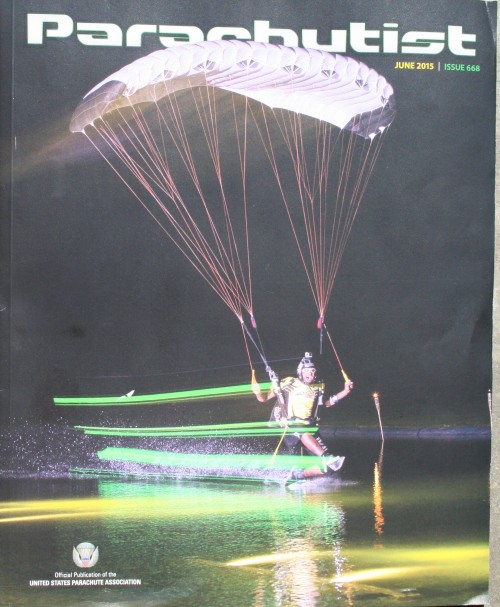NTSB Final Report Swainsboro, GA Cessna 182 A
The NTSB has issued the Final Report on a fatal jump plane accident that occurred August 25, 2018. The result of over two years of waiting is that the engine failed soon after takeoff for undetermined reasons. However, there are glaring factual items that make one wonder how they couldn’t determine a cause.
The pilot was low time (300 hours total flying) and a graduate of a prominent flight university. He held a commercial license and CFI for single engine aircraft. Studies in aircraft accidents and in-flight emergency training are a substantial focus of the degree requirements. At approximately 150 feet the pilot lost control after the engine lost power. The aircraft was observed to rock back and forth before it entered a turning descent and impacted the ground nose low. Two people on board were pulled from the wreckage by bystanders. A post impact fire engulfed the aircraft. Only one person on board survived. It was the first day for the pilot flying for this operation as a jump pilot. The NTSB makes no note of any prior jump pilot experience. The pilot had approximately 185 sport parachute jumps.
The extent of the pilot’s jump pilot training, described in witness statements, appears to be a discussion during a car ride to the airport. Then a one-hour flight dropping a couple of loads of experienced jumpers with the owner of the operation riding along. Seemingly satisfied with his performance after two loads the owner of the operation left to ferry an aircraft to Ohio.
The pilot fueled the aircraft but could not locate the right fuel cap. After discussing the issue with a local jumper, a mechanic on the field was called who said he had an aircraft in the hangar that they could borrow a fuel cap from. The type of aircraft in the hangar is never stated. Next a decision is made to just tape over the fuel filler neck with “fuel tank tape.” This negates a function of an approved fuel cap in tank venting. The old Cessna 182 model fuel systems have two fuel caps with a venting port and one fuel vent port on the left tank. In the post-accident inspection this port was found to be damaged but clear of debris. The right tank is supposed to also vent through the left tank via a cross vent that runs between the left and right tank through the headliner. These lines can clog causing venting issues for the right tank if the cap is not venting properly. In some instances, partial or full engine failures have occurred. The pilot reportedly flew a third load. A loose iPad on his lap departed the aircraft in flight while trying to shut the door after jumpers exited. After landing they spent time trying to find the iPad through on-line means. Being unsuccessful a fourth load was manifested.
The NTSB makes no discussion on the significance of the tape over the fuel port despite the addition of the Cessna 182 fuel system schematic. The NTSB report describes a post-accident teardown of the engine and accessories. No pre-accident issues are found. Cylinders all looked good. Despite impact damage there is no evidence of the air intake being obstructed. The magnetos provided proper spark when rotated. So, what’s different about this flight and all other properly working Cessna 182s????
And they can’t figure out what happened.
Now, when you are in flight and low to the ground the cause of the failure does not matter. Flying the aircraft so as to not stall, potentially enter a spin, is priority number ONE!!! You might do a quick hand check (by feel, keep your eyes looking ahead of you) for fuel (throttle in, mixture rich, fuel selector both), air (throttle in, carb heat off), spark (magnetos both). Otherwise, land straight ahead. Landing in control at 60 knots than out of control at 40 is far preferred. From the few photos of the area and looking at an overhead view of the accident location there appears to be ample area ahead to make a forced landing.
So why the stall? Why the crash? That is something we will truly never know as there is no video recording from inside the aircraft. But this is not a new accident. This type of accident has been repeated with regularity year after year after year in general aviation. The fundamentals of flying are and always shall be 1) fly the aircraft! 2) navigate 3) communicate.
“When faced with a forced landing, fly the airplane as far through the crash as possible.” – Bob Hoover (old, bold pilot)





